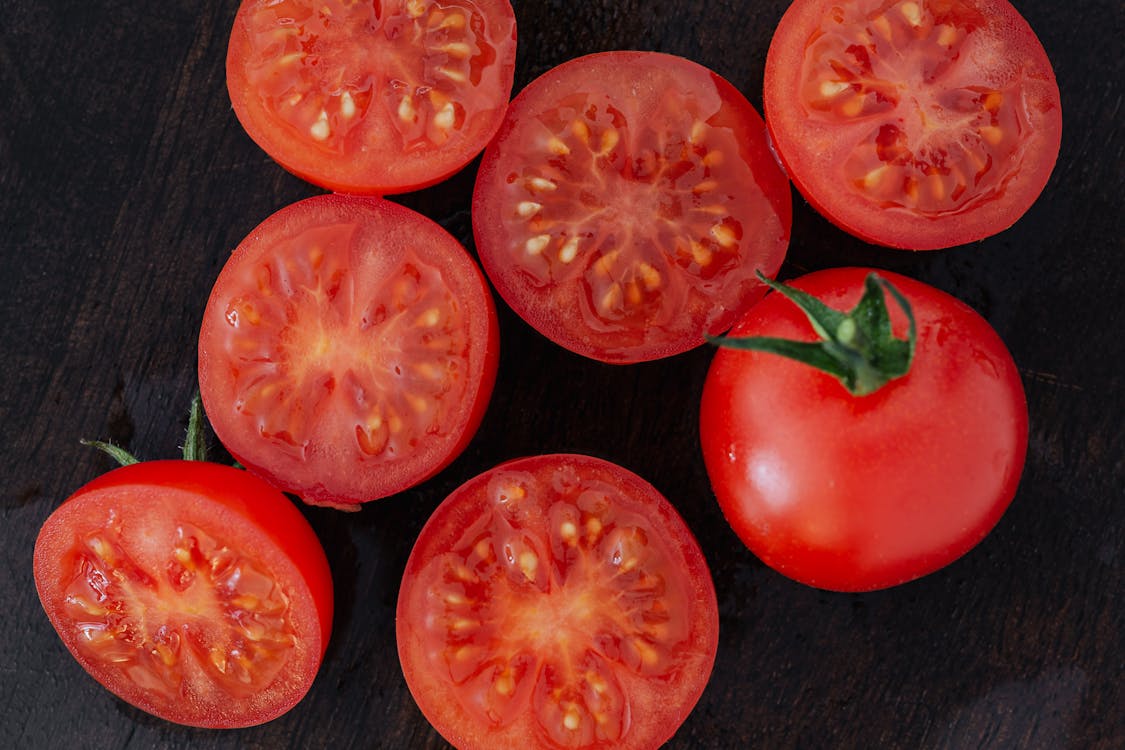Tue 12 September 2023:
I should know better, but I admit that I do it too. I’ve just pulled some sliced chicken out of the fridge, as I set out to make up some sandwiches. I notice the chicken is within its use-by date, but I’m still suspicious. Another member of the family has unlovingly ripped open the packaging and the slices have been sitting exposed in the fridge for several days. Wondering if the chicken is still usable, I give it a good sniff, hoping for some evidence that it is still good or has gone off.

I should know better because I’m a microbiologist, and I know that the microbes that I might be worried about making me sick have no smell. Yet, there I am, trying and failing to give myself confidence with the old sniff test.
It’s certainly true that some microbes create odours when they are growing. Favourites include the lovely smell of yeast in freshly risen or baked bread, which is in stark contrast to – and please excuse the toilet humour – the aversion we all have to the gaseous concoctions created by our microbes that come in the form of flatulence or bad breath.
These gases arise when microbial populations are growing and becoming abundant – when the metabolism of each microbial resident converts carbon and other elements into sources of energy or building blocks for their own cellular structure. However, the microbes that are most commonly associated with foodborne illness, such as Listeria and Salmonella, are going to be near impossible to pick up with the sniff test.

Even if present – and the risk is thankfully relatively low – these bacteria would probably be at such a small amount in the food that any metabolic action (and then odour production) would be entirely imperceptible to our noses.
Also, any eau de Listeria would be indistinguishable from the minor odours that would be made by the more abundant microbial species that are common and expected to be on our foods, and which cause us no health concerns.
Yes, there’s a very small chance that Listeria may be present in the smoked salmon that I picked up at the coastal smokehouse last week. But absolutely no chance that my olfactory senses can detect any hints of Listeria over the delicious smells of the dill and salts and smoke that make up the product.
Back to my sandwich construction. There’s even less of a chance of smelling any Salmonella on the tomato that I dug out from the fruit and veg drawer in the fridge – even if I had super Salmonella-smelling powers, which I don’t. If this pathogen was ever present on the tomato, it was probably introduced by contaminated water on the farm while the tomato was growing, so it is not on the surface of the tomato but within the tomato and doubly impossible to smell.

Spoiled food can smell, though
But it is possible to detect when food is spoiled – another action of microbes, as they eat away at food that has been left for too long or has been in the wrong storage conditions. This is one of the reasons why a more appropriate use of the sniff test is to suss out spoiled milk and help limit food waste, rather than throw out milk that might otherwise be safe. And for some foods – think of the microbial contribution to the finest cheeses – it is a culinary attribute to be malodorous.

While my wife disagrees with the aromatic attributes of some fermented foods, such as kimchi, and has banned them from the house, these are definitely not spoiled and should not be destined for the bin. Instead, for other foods, such as fresh fruits or vegetables or milk, I still pay heed to any odours suggestive of spoilage and take these as a warning to do a better job of storing that particular food type in the future – or to make less or buy less of it if I’m not eating it in time.
I also reflect that some of the causes of foodborne illness are still unknown to us. While many cases of illness are known to be caused by bacterial contaminants such as Campylobacter or the other microbes I’ve mentioned, there are just as many cases where we don’t yet know the source. But we’re getting better at this too, with scientists creating tools much more accurate than our nose at detecting food-borne pathogens.
So, if I’m ever worried about becoming sick from my food, my energies are best spent on storing them at the right temperature and cooking them for the right amount of time, rather than trusting my nose to sniff out a pathogen. I wouldn’t even trust my nose to tell the difference between a cabernet and shiraz, let alone a Campylobacter and Salmonella.
![]()
Matthew Gilmour
Dr Matthew Gilmour leads the ‘Listeria and other Invasive Pathogens’ research group and directs the Food Safety Research Network at the Quadram Institute in Norwich, England. Matthew is also co-lead of Quadram’s ‘Microbes and Food Safety’ strategic programme which has a focus on translating the Institute’s key microbiology findings and genomic technologies with partners in food industry and government.
Matthew was previously based in Canada where his group was a pioneer in using bacterial genomics to study outbreaks, including the large Canadian listeriosis outbreak in 2008 and then the Haitian cholera outbreak of 2010. With this experience in public health, from 2015 to 2020 Matthew was the Scientific Director of Canada’s National Microbiology Laboratory. At the NML, Matthew had significant leadership roles for pandemic preparedness and response, as he was also co-chair of the Canadian Public Health Laboratory Network and the Global Health Security Action Group Laboratory Network.
Matthew has also clinical laboratory expertise, as he previously served as a Clinical Microbiologist at the Health Sciences Centre in Winnipeg, where he was the laboratory lead for Infection Prevention & Control, and he remains interested in the evolution and transmissibility of antibiotic resistant organisms.
As a culmination of these experiences, Matthew is also now Director of the Food Safety Research Network, based at the Quadram Institute. This network has the goal of brokering collaborative research projects between food businesses and academic research groups that will make UK foods safer from microbial risks.
______________________________________________________________
FOLLOW INDEPENDENT PRESS:
TWITTER (CLICK HERE)
https://twitter.com/IpIndependent
FACEBOOK (CLICK HERE)
https://web.facebook.com/ipindependent
Think your friends would be interested? Share this story!





